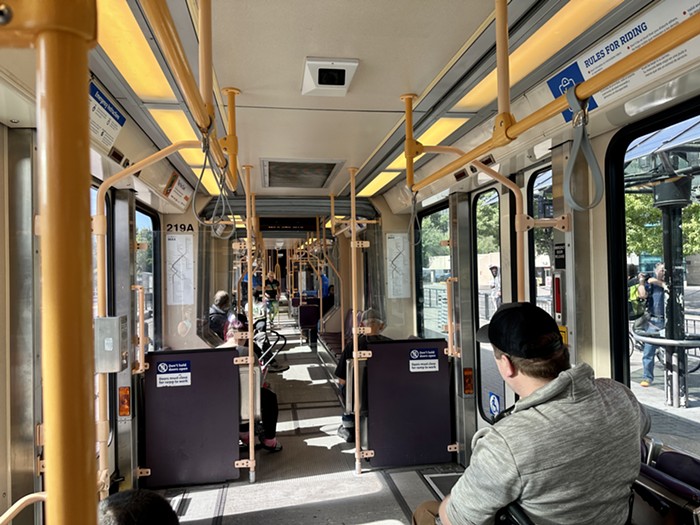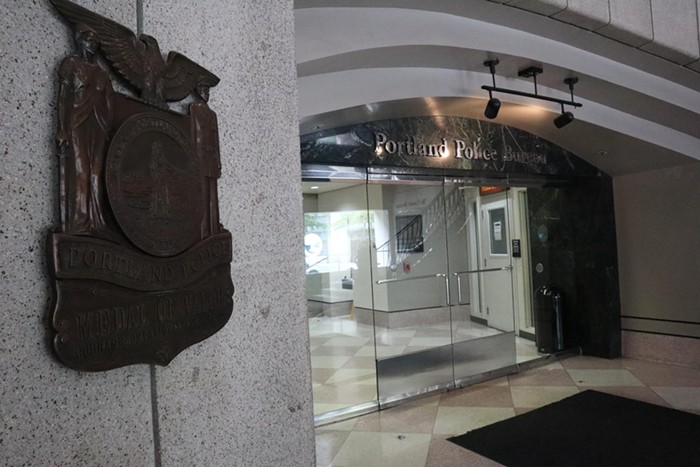THE SHAGGY-DOG narrative of Slackers came at a crucial point of departure in the American psyche from traditional linear tales. Produced in 1992, about the same time that the Internet was cresting on the horizon, Slackers splintered from the classic journey narrative, where the viewer finds a clue or lead and follows it towards a logical conclusion. Instead, the gritty film shadowed one person through the streets of Austin, Texas, until someone more interesting entered the screen. Then, much like a web user would hop from one site to the next when a jumpsite offered more intrigue, the camera carried the story by leaping from character to character.
Since then, a number of films have warped, tweaked, or otherwise shuffled the classic narrative structure to mirror the new pattern of cognitive thought as shaped by the Internet. No longer do viewers need plot developments to fall like dominos. We can now process in a way that is not so much linear as exploratory. About the same time that Windows introduced the ability to keep several programs open all at once, Pulp Fiction layered stories on top of each other, multitasking its way through a tale.
Now add Traffic to this narrative evolution, the much-hyped and uneven film from Steven Soderbergh. Like a search engine laboring for information on "drug trade," "Mexican cartel," and "survival," Traffic pulls together three remotely connected stories about users and dealers, both in high and low places. What makes Traffic the most sophisticated narrative structure so far in this new genre of story-telling is that it does not bother to link stories with overlapping characters, or even around seminal events. Instead, the characters gravitate around keywords: greed, loyalty, self-preservation. The result is a nervous and jumpy, yet broad-based, essay on drugs in North America.
Even sub-divided into three distinct stories, Traffic has hitched much of its promotion on the star power of Michel Douglas, who plays his signature stone-faced egomaniac. This time, he is the recently appointed drug czar for the White House. Commuting from the posh suburbs of Cincinnati, Douglas' high horse trips when his teenage daughter, the Lolita-esque Erika Christensen, succumbs to coke and heroin addictions.
Catherine Zeta-Jones plays opposite Douglas in another, unconnected story. Five months pregnant, Zeta-Jones is a San Diego princess who struggles to hold together her husband's empire after one of his foot soldiers turns star-witness. But it's the third of Traffic's three stories that stands out. Benicio Del Toro, whose charisma seems to lurk more than seduce, tangles himself in a plot of double- and triple-crossing as a Mexican police officer turned drug mule. While Douglas' storyline sags towards the banality of an afterschool special, and Zeta-Jones' cat-and-mouse games with DEA agents reminiscence a Miami Vice episode, the story swarming around Del Toro is tantalizingly ambivalent.
In the opening scene, a mysterious plane lands in the blindingly sunny desert outside Tijuana. Del Toro and his sidekick chase down a truck transporting bales of cocaine from the plane, only to be pulled over themselves by a group of uniformed soldiers a few minutes later. Is this really the Mexican army? Whose side is Javier on? Do we even like this guy?
One of the faults of a linear narrative is that, by its very nature, it must labor towards some conclusion. With the current Hollywood cinema banging us over the head with its obvious feel-good messages, it is welcome that Traffic--or at least the story lurking around Del Toro--prefers to meander in the shadows, seemingly indifferent to any forward momentum.
The most deft search engines cast a wide net into the murkiness of cyberspace and pull up not one answer but a mix of possibilities. Likewise, Traffic graciously doesn't bother to ever explain whether Del Toro is a hero or villain or simply surfing the waves of the drug commerce; it simply puts questions out there and offers a few choices to mull over.


















